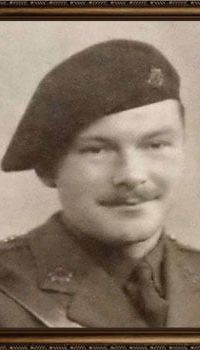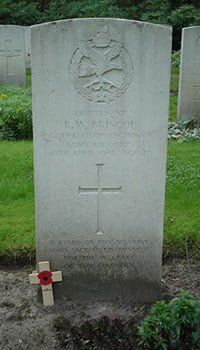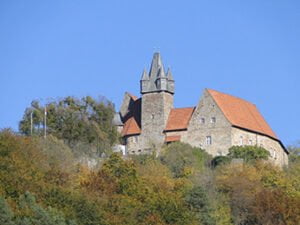Briscoe | Richard William
- First names
Richard William
- Age
27
- Date of birth
1918
- Date of death
10-04-1945
- Service number
299603
- Rang
Lieutenant
- Regiment
The Glider Pilot Regiment, A.A.C.
- Grave number
IV. A. 13.


Biography
Son of William and Jane Briscoe, St Helens, England
Husband of Emma Brisco-Bartolo from Floriana, Malta G.C.
Husband of Mary Briscoe-Blackburn from Great Horkesley, Essex
Father of Paul Briscoe (27 Nov 1944 – 20 May 2015)
Richard William (Dick) Briscoe was born on May 14, 1915 and grew up in England. When he enlisted he was stationed by the British Army on the strategically located island of Malta, in the position of driver. On June 12, 1937, at the age of 22, he married Emma Bartolo and lived in Floriana, Malta, Emma’s birthplace.
After World War II broke out, he was transferred and therefore left Malta and probably his beloved Emma. It is unknown what happened to Emma and the marriage, but documentation shows that in March 1944 Dick remarried Mary Blackburn of Great Horkesley, Essex in Salisbury.
Dick Briscoe, meanwhile, had been commissioned as a lieutenant in the Royal Army Service Corps on 30 October 1943, after which he was transferred again to the Glider Pilot Regiment on 21 March 1944.
As section commander of E Squadron, 2nd Wing, Glider Pilot Regiment, he took part in the airborne landings at the Battle of Arnhem in September 1944.
After safely grounding his glider, he fell into German hands and was subsequently captured in Oflag IX A/H, in the small town of Spangenberg in northeastern Hesse, Germany. Oflag is the same as Offizierslager, the German word by a POW camp.

The camp was traditionally a castle (Schloss Spangenberg) and had opened in October 1939 under the name: Oflag IX-A. In June 1940, the letter H was added to the name because this became a main camp, as there were also sub-camps. The purpose of the camp was to house captured officers of the British and French air forces.
Following several escapes, it was decided to close the camp in October 1941.
In January 1942 the camp was reopened to house experienced British officers. This is how Dick Briscoe ended up in Oflag IX A/H in 1944. One of the better known prisoners in that period was the British officer John Dutton Frost. John Frost is best known in the Netherlands as the lieutenant colonel who was involved for days in fighting around the Rhine Bridge (now called the John Frost Bridge) at Arnhem, during the Battle of Arnhem. Eventually Frost had to surrender and was made a prisoner of war in Spangenberg.
It is not known if Dick Briscoe and John Frost met in Oflag IX A/H. However, it is a fact that John Frost experienced the liberation of Oflag IX A/H in April 1945 and survived the war.
This is in contrast to Dick Briscoe who was killed in an attempt to escape on April 10, 1945, just a few weeks before the camp was liberated.
Richard William (Dick) Briscoe was buried in a temporary cemetery in Margraten. On May 1, 1947, he was reburied at Overloon War Cemetery.
